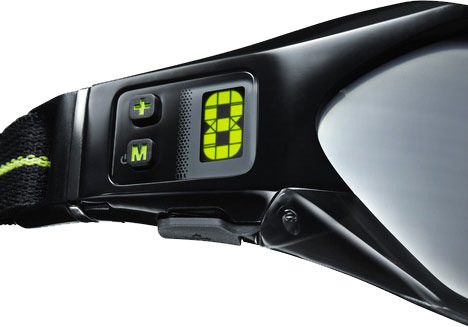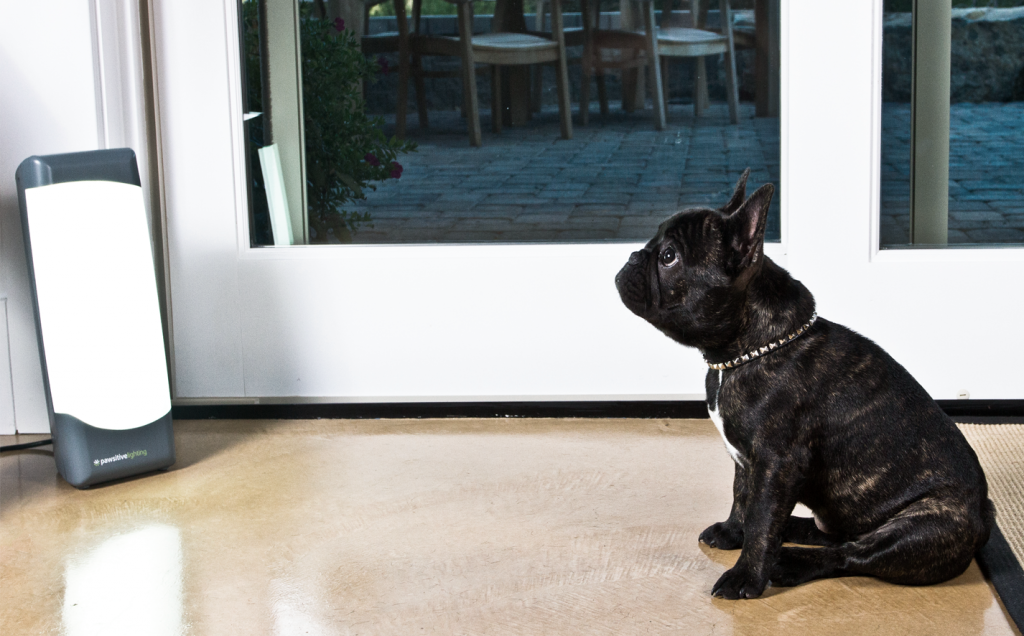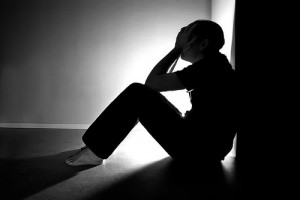Why Would You Need A Light Therapy Box?
Most people underestimate the power of the sun. Light Therapy helps remind us why sunlight is so crucial to our every day lives. Light Therapy is the process of the using light in all different forms to help treat a diverse array of conditions and disorders. Light Therapy Boxes are typically used in order to treat Seasonal Depression, Seasonal Affective Disorder, other forms of depression, jet lag, insomnia, unhealthy sleep patterns, BiPolar Disorder, and more.
It’s easy to assume that a box giving off a source of light is not going to solve your problems, but along with an open mind, Light Therapy Boxes can really help. Seasonal Affective Disorder, which is a condition that uses Light Therapy Boxes the most, is more common than most people assume. Seasonal changes can severely affect the brain natural energy levels and the way it reacts to day and night. Before choosing a Light Therapy Box, a diagnosis first needs to be made. What are you struggling with?
Do you have trouble getting to sleep at night when it’s been dark and dreary all day?
Is it impossible for you to wake up without the sun?
Is dealing with being BiPolar taking over your life?
Do you travel for work and are constantly battling jet lag?
Are you feeling depressed because the sun has been hiding for winter?
Time To Choose A Product…
Before purchasing a Light Therapy Box, it is important to look at your every day life. What product would fit best into your every day schedule? If you decide to try a Light Therapy Box that doesn’t fit into your every day routine, you will never use it. Which means you will never receive the results your body needs.
It is important to consider the time of your day you would like to use the treatment. What would you be doing during this time? This will help you find a product that lets you continue to perform your activity while undergoing treatment. For example, if you always sit down in your lounge chair to read around 7 o’clock every night, size may not matter too much and you can choose a powerful, self standing Light Therapy Lamp to place next to your chair. If you work at a desk for a period of the day, a desktop Light Therapy Box may fit your lifestyle best. It can be small, portable, and hardly take up any space…allowing you to go about your normal work routine. If the activity that seems best fit to pair with treatment is something like excercising, where you need to be a bit farther than a desktop length away from the Light Therapy Box, that’s okay too. There are some products that have more powerful bulbs, for example, 10,000 Lux, and these will allow you to be farther than 2 feet away from the source of light. For many people, a set up like this may be more convenient.
There are a few other factors to consider as well…
Are your eyes sensitive to light?
Are you new to Light Therapy?
What has your doctor recommended?
Are you on a budget?
Is portability crucial?
On That Note…
Is it important to take all of these examples into consideration before purchasing a Light Therapy Box. Light Therapy is capable of being magical and changing your life in ways you never thought possible…but if you don’t find a product that works into your lifestyle, you will never be able to experience these effects.
So go ahead! You’re ready. Start searching!






